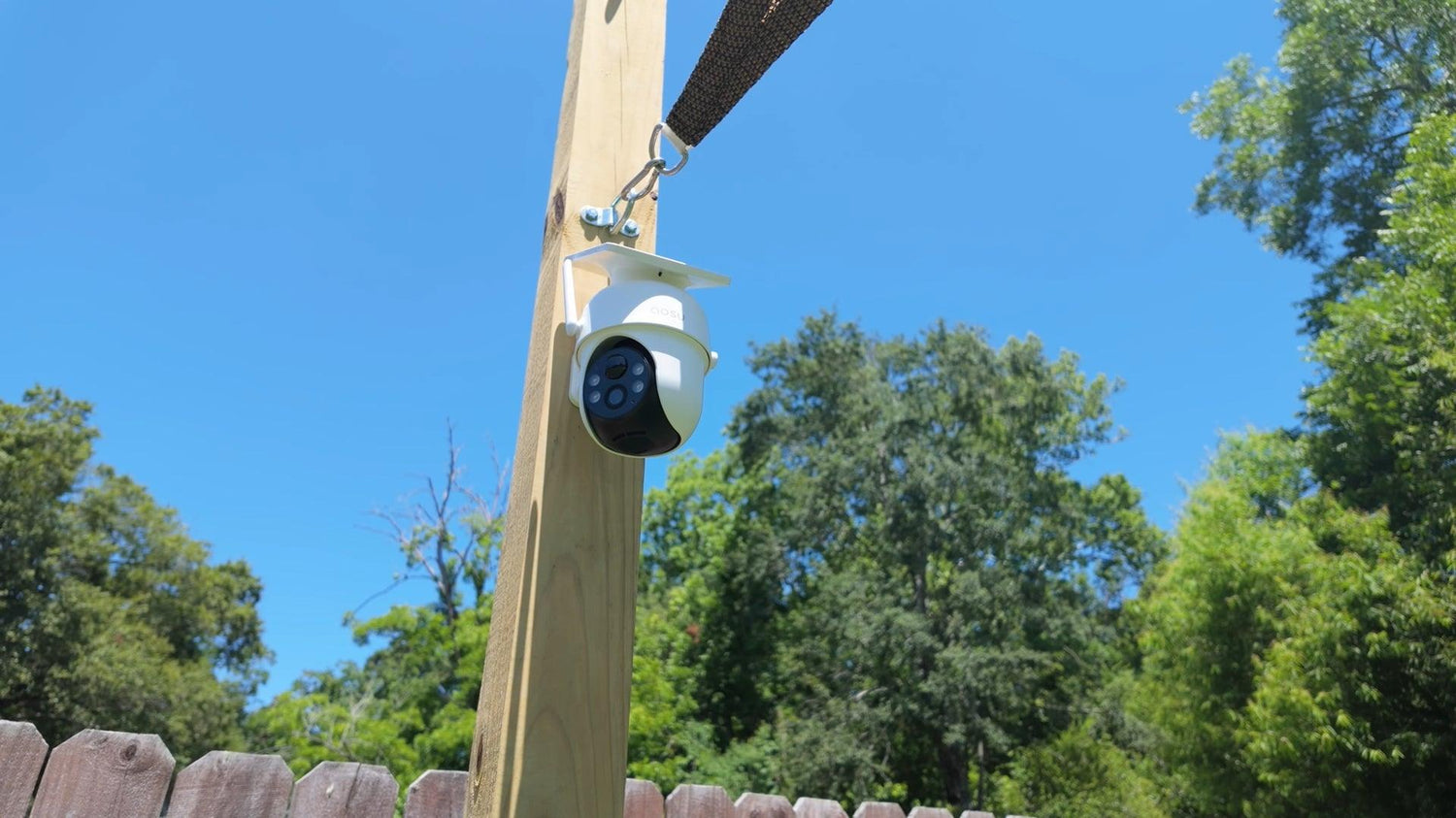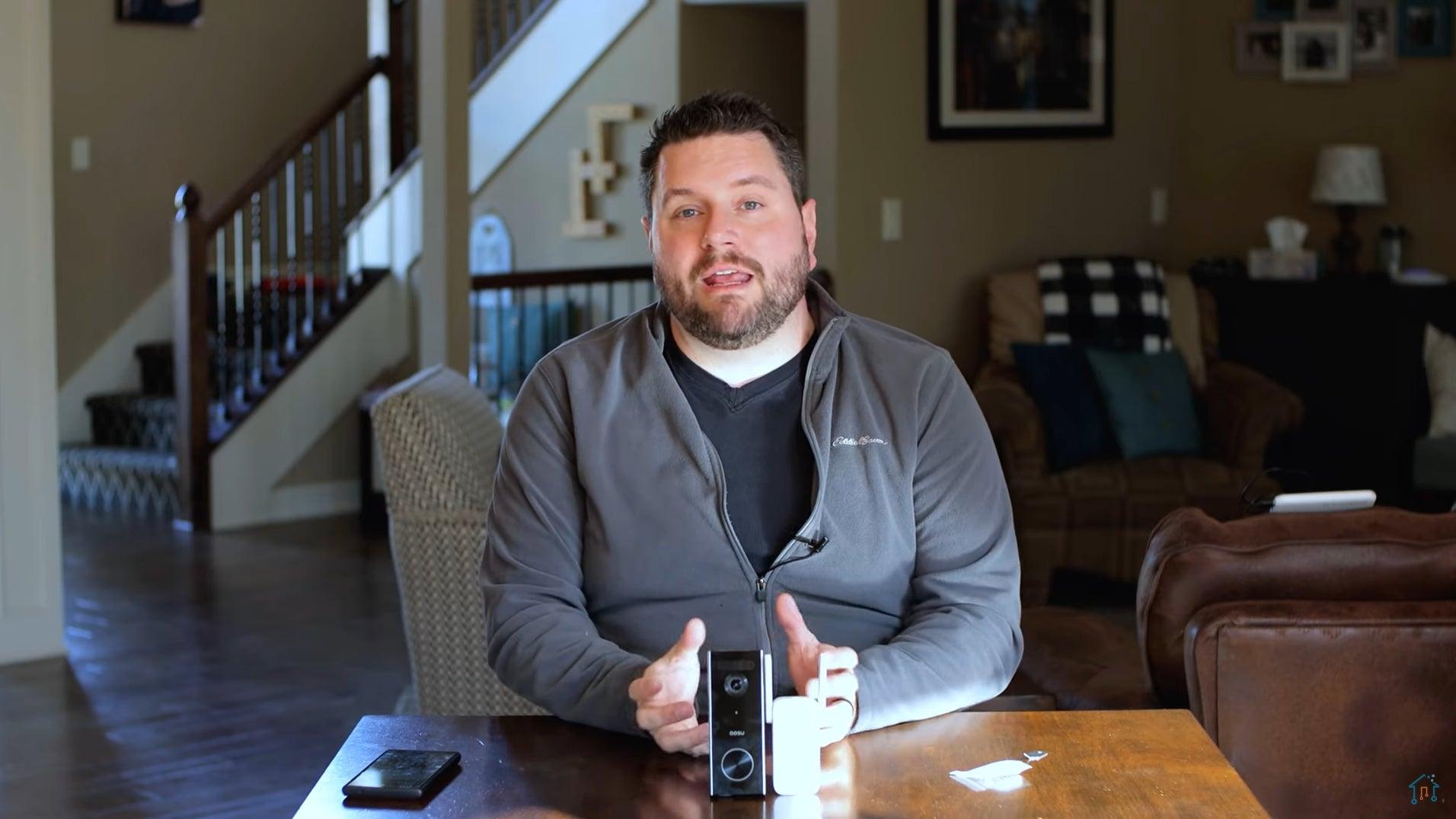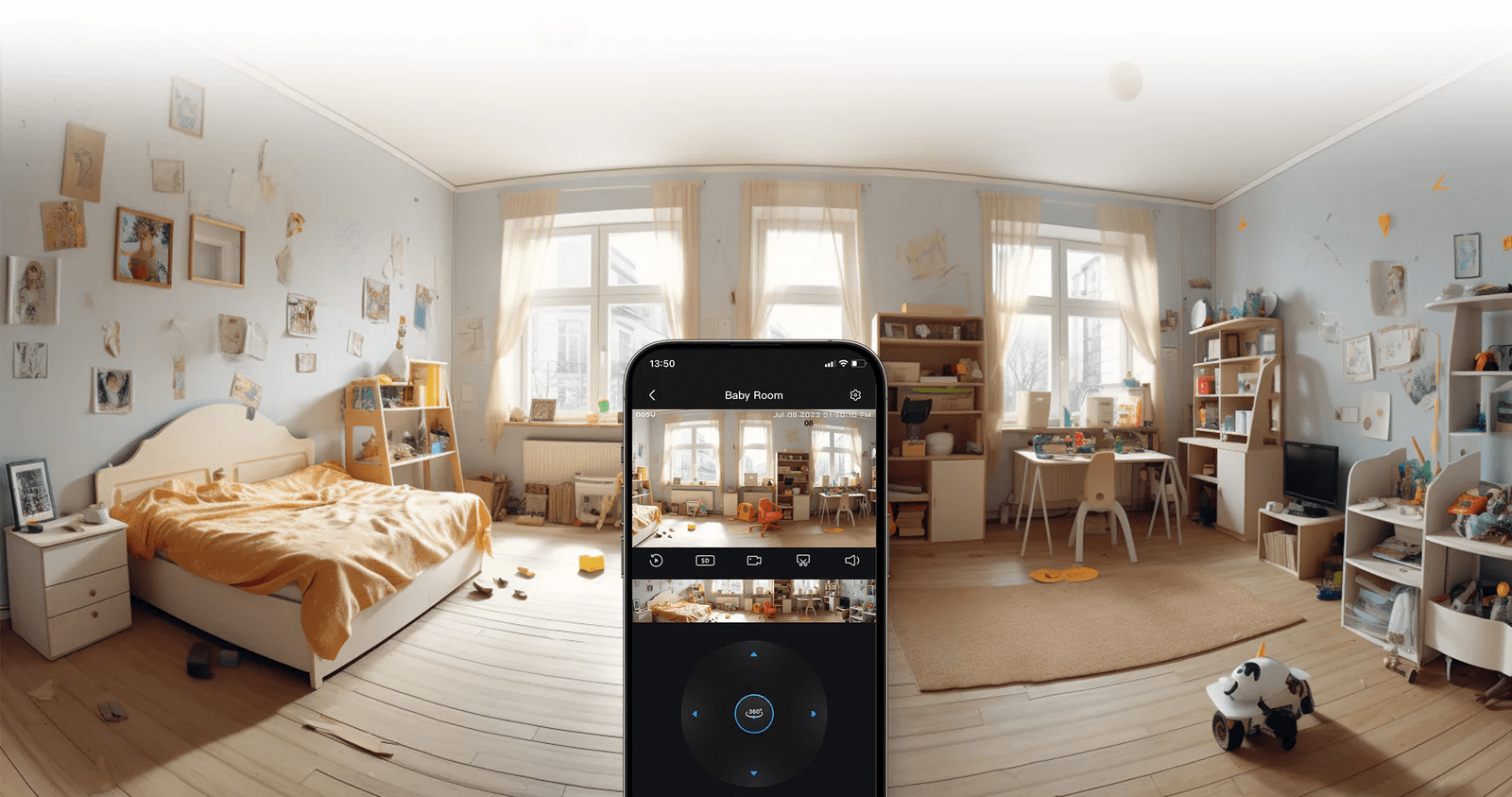Why Cameras' Locations Are Important?
Where to Install Security Cameras
- Entry Points
- Garage and Driveway
- Backyard
- Side of the House
- Hallways
- Patio Doors and Windows
- Living Room
- Balcony
Where to Put Security Cameras is essential for enhancing your property’s safety. In today's world, security is a top priority for homeowners and business owners alike. With rising concerns about theft, vandalism, and safety, installing security cameras has become a crucial step in protecting your property. However, simply having cameras isn’t enough; their effectiveness largely depends on where you choose to put them. Strategic placement can significantly enhance your surveillance capabilities, ensuring that you capture crucial footage while minimizing blind spots.
Understanding where to put security cameras involves considering both interior and exterior spaces. It's essential to identify high-traffic areas, entry points, and vulnerable spots that may require extra monitoring. This guide will explore the best locations for camera installation, providing tips to maximize coverage and deter potential threats. By thoughtfully positioning your cameras, you can create a comprehensive security system that offers peace of mind and enhances the overall safety of your environment. Let’s delve into the optimal placements that will help you achieve effective monitoring for your home or business.
Why Cameras' Locations Are Important?
First, strategic placement maximizes coverage, ensuring that key areas are monitored while minimizing blind spots. This helps capture critical footage during incidents, making it easier to identify intruders or gather evidence.
Second, the visibility of cameras can act as a deterrent to potential criminals, as they are less likely to target properties with visible surveillance. Additionally, understanding where to put security cameras allows for better monitoring of high-traffic areas, entry points, and vulnerable spots, providing a comprehensive security solution.
Finally, thoughtful camera placement can enhance the overall effectiveness of your security system, contributing to a safer environment for your home or business. By understanding the importance of where cameras are installed, you can create a robust security strategy that offers peace of mind.

Where to Install Security Cameras
Knowing where to put security cameras is essential for effective surveillance. This guide will highlight strategic placements to maximize coverage and enhance the safety of your home or business.
Entry Points
Installing cameras at entry points, like front and back doors, helps monitor who enters and exits your property. These areas are prime targets for burglars, and visible cameras can deter criminal activity while providing valuable evidence in case of an incident.
Garage and Driveway
Cameras in the garage and driveway help keep an eye on vehicles and prevent theft. They allow you to monitor your car and any valuable items stored in the garage. This placement also captures footage of suspicious activity around your property, enhancing overall security.
Backyard
Positioning cameras in the backyard is useful for monitoring outdoor spaces that may not be visible from inside the home. This area can be vulnerable to intruders, and having surveillance helps deter unwanted visitors while providing peace of mind during gatherings or family time.
Side of the House
Cameras on the side of the house cover blind spots that are often overlooked. This placement helps monitor pathways or gates that may lead to more vulnerable areas of your property. It ensures comprehensive surveillance around the perimeter, boosting your security.
Hallways
Installing cameras in hallways allows for monitoring movement throughout the interior of your home or business. This placement can capture any unusual activity and provide a sense of safety for residents or employees, making it easier to respond to potential threats.
Patio Doors and Windows
Cameras focused on patio doors and windows help safeguard access points that are often overlooked. These areas are common entry points for intruders. By monitoring them, you can deter break-ins and capture valuable evidence if an incident occurs.
Living Room
Positioning a camera in the living room provides visibility into the heart of your home. This area is often frequented by visitors and family members, making it useful for monitoring daily activities. It also helps deter potential intruders by ensuring they know they are being watched.
Balcony
Cameras on balconies are helpful for monitoring outdoor spaces that may be accessible to intruders. This placement enhances security by capturing footage of any suspicious activity. It also provides peace of mind, especially in multi-story homes, ensuring that all areas of your property are protected.

What Should Be Considered When Placing Cameras?
When deciding where to put security cameras, several key factors come into play. Understanding these considerations will help ensure effective surveillance and enhance the security of your home or business.
1. Visual Field
When considering where to put security cameras, the visual field is vital. aosu’s cameras offer smart 360° coverage and tracking, eliminating blind spots. This ensures comprehensive monitoring of all angles, allowing you to capture important details, such as faces and license plates, enhancing overall security.
2. Durability
Durability is essential for outdoor cameras, which face varying weather conditions. aosu cameras are designed to withstand the elements, ensuring reliable performance over time. Choosing durable cameras means you won’t have to worry about frequent replacements, keeping your security system functional and effective throughout the year.
3. Wire/Wireless
The choice between wired and wireless cameras impacts installation flexibility and reliability. aosu’s wireless options provide easy placement without the hassle of running cables, while still offering strong connectivity. This adaptability allows for strategic positioning in hard-to-reach areas, enhancing your surveillance capabilities wherever needed.
4. Motion Detection
Motion detection is a key feature in modern security systems. aosu cameras include automatic human tracking, which focuses on and follows moving individuals, ensuring you capture critical actions. This intelligent tracking, combined with cross-camera capabilities, allows for seamless monitoring of events, providing comprehensive security coverage.
How Many Cameras Do You Need?
Determining the number of cameras you need depends on your property's layout, size, and security demands. For smaller homes, one indoor and one outdoor camera may suffice, effectively covering key entry points. Larger properties often require additional outdoor cameras to monitor multiple entryways and blind spots.
Incorporating a video doorbell adds security at the front entrance, allowing you to see who is at the door. For expansive homes or specific security concerns, aosu’s wireless security cameras provide flexible installation options, making it easy to place cameras where you need them most.
Assess your property’s unique features and your security needs to find the right balance. aosu’s versatile camera kit can adapt to various scenarios, ensuring comprehensive coverage and peace of mind for every customer.
You can find any camera you want here.
How to Use Cameras Properly?
Using cameras effectively requires careful planning and attention to detail. From optimal installation techniques to regular maintenance, understanding how to position and care for your cameras can greatly enhance your security system’s performance and ensure reliable monitoring of your property.
Use Outdoor Cameras with Lighting
When installing outdoor cameras, consider adding lighting to enhance visibility at night. aosu’s cameras perform well in low-light conditions, but additional illumination can improve image clarity. Properly lit areas deter intruders and ensure that your camera captures clear footage, day or night, enhancing overall security.
Make Full Use of Indoor Corner Space
Utilizing corner spaces for indoor cameras optimizes your surveillance coverage. Placing cameras in corners allows for a wider field of view, capturing more of the room while reducing blind spots. aosu’s flexible mounting options make it easy to install cameras in these locations, ensuring you monitor high-traffic areas effectively.
Avoid Direct Sunlight
To maintain optimal camera performance, avoid placing cameras in direct sunlight. Sun glare can obscure images and reduce video quality. Positioning cameras in shaded areas or using sunshades helps maintain clarity. aosu cameras have features that enhance performance in varying lighting conditions, but strategic placement will ensure clear footage throughout the day.
Minimize Blind Spots
To enhance surveillance, minimize blind spots by placing cameras at a height that allows for a broad field of view. Mounting cameras high captures more area and deters tampering. aosu’s 360° coverage capabilities help eliminate blind spots, but proper installation height is key for maximizing the effectiveness of your security system.
Wipe the Camera Regularly
Regular maintenance, such as wiping the camera lenses, is important for clear image capture. Dust, dirt, and weather elements can accumulate on the lens, obstructing your view. Make it a habit to clean the cameras periodically, especially after storms or windy days. aosu cameras are built for durability, and keeping the lenses clean ensures they function well for reliable surveillance.

Conclusion
In conclusion, knowing where to put security cameras is essential for effective monitoring. By considering key areas such as entry points, driveways, and common spaces, you can enhance your overall security. aosu’s versatile camera options, featuring smart tracking and comprehensive coverage, can help you achieve a well-rounded surveillance system that meets your specific needs. By thoughtfully positioning your cameras and maintaining them regularly, you can create a safer environment for your home or business.










Zostaw komentarz
Ta strona jest chroniona przez hCaptcha i obowiązują na niej Polityka prywatności i Warunki korzystania z usługi serwisu hCaptcha.